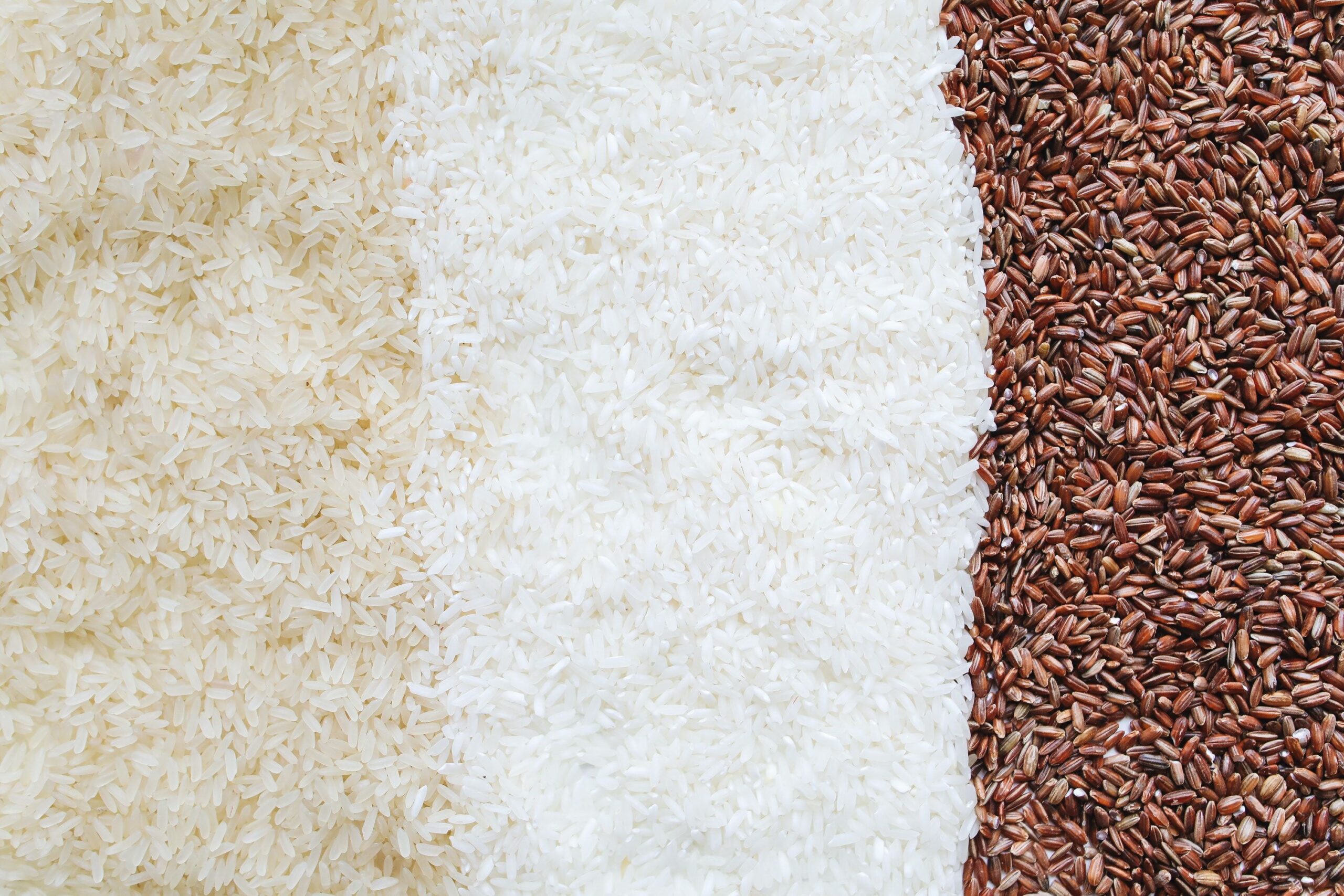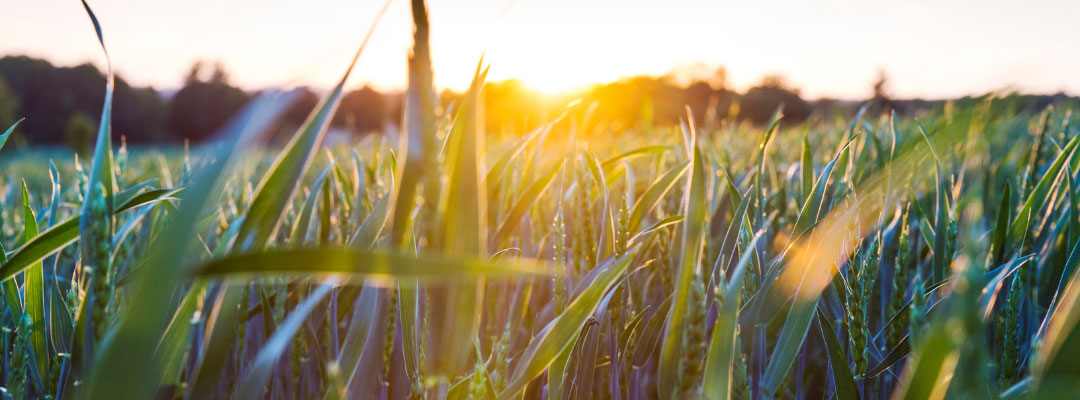Grain and oilseed producers in the Midsouth experienced record low soybean basis, which is the cash price less futures price, in October 2022 due to reduced barge traffic and record high barge freight rates along the lower Mississippi River. These factors were associated with soybean basis as weak as 125 cents under the harvest time futures contract which was nearly one dollar below the 5-year average of 28 cents under for the month of October. In a previous Southern Ag Today article, Biram et al. (2022) noted the primary reason soybean basis values fell to historic lows was because grain buyers at local elevators were pushed to bid lower cash prices for soybeans to compensate for the additional cost to transport grain from the elevator to the port of New Orleans for export. Further, grain buyers essentially had no place to store the grain even if they wanted to buy it which supports the principle of offering lower cash prices to disincentivize farmers from making delivery.
While we witnessed the association of record-low basis with record-low river levels in the lower Mississippi River last fall, we are now witnessing an association of relatively lower basis and record-high river levels in the upper Mississippi River due primarily to snow melt. As the Mississippi River level increases to flood-level stages, barge traffic is limited as locks and dams along the river are closed, preventing the transportation of grain downriver or empty barges upriver. On April 16th, the Mississippi River gauge height at McGregor, IA, reached 16 feet which is considered a minor flood stage by the United State Geological Survey (USGS, 2023). On April 20th, the gauge height measured at the same location reached a moderate flood stage of 19 feet. On April 28th, the gauge height was measured at 23 feet, above major flood stage of 22 feet, which is the greatest gauge height reported since April 26, 2019, when it measured 22 feet.
Soybean basis reported in locations along the lower Mississippi River began to diverge from historical trends on April 10th and continue throughout the month of April. Consider the case of soybean basis at Elaine, AR, which is representative of basis reported in other southern states in the region (Figure 1). In this example, I consider the basis for 2023 delivery at harvest time which is the difference of the forward cash price and the November 2023 soybean futures contract (ZSX23). The first reported drop in this specific soybean basis was on April 10th with a fall from 25 cents over to 18 cents over which suggests a local response to the rising upper Mississippi River levels (Figure 1). This weakening of basis is associated with the increase in river gauge height throughout the month of April despite the relatively strong 4-year average basis for years in which the gauge height at McGregor, IA, did not reach moderate or major flood stage (i.e., 2018, 2020, 2021, and 2022). The most recent period basis fell below zero in April was in 2019 when it consistently stayed near 40 cents under which is another period in which the upper Mississippi River experienced record-high levels.
The river level in the upper Mississippi River is starting to fall and with it will most likely come relatively stronger soybean basis in the Midsouth if the historical association between these two variables continues. Additionally, forward cash prices typically reach their strongest in early summer before declining as we approach the harvest months. One implication for a grain marketing plan would be to consider holding off on the May forward contracting decision for 2023 harvest-time delivery until the latter part of the month in anticipation of recovery in the soybean basis.
Figure 1. Spring Soybean Basis at Elaine, AR and Mississippi River Gauge Height at McGregor, IA (2018-2023)

Note: The Nonflood Four-Year Average is calculated using the years when the gauge height at this location did not reach moderate or major flood stage.
References
Biram, Hunter, John Anderson, Scott Stiles, and Andrew McKenzie. “Low Water Levels in the Mississippi River Result in Abnormally Weak Soybean Basis“. Southern Ag Today 2(45.1). October 31, 2022. Permalink
Report-Arkansas Daily Grain Bids | MARS, https://mymarketnews.ams.usda.gov/viewReport2960
Mississippi River at Mcgregor, IA – 05389500, United States Geological Survey. May 3, 2023.https://waterdata.usgs.gov/monitoring-location/05389500/#parameterCode=00065&timeSeriesId=43560&startDT=2023-04-01&endDT=2023-04-30
Biram, Hunter. “Flooding in the Upper Mississippi River is Associated with Relatively Weak Soybean Basis in the Midsouth.” Southern Ag Today 3(21.1). May 22, 2023. Permalink
Photo by Tom Fisk: https://www.pexels.com/photo/mississippi-river-during-golden-hour-14819622/















